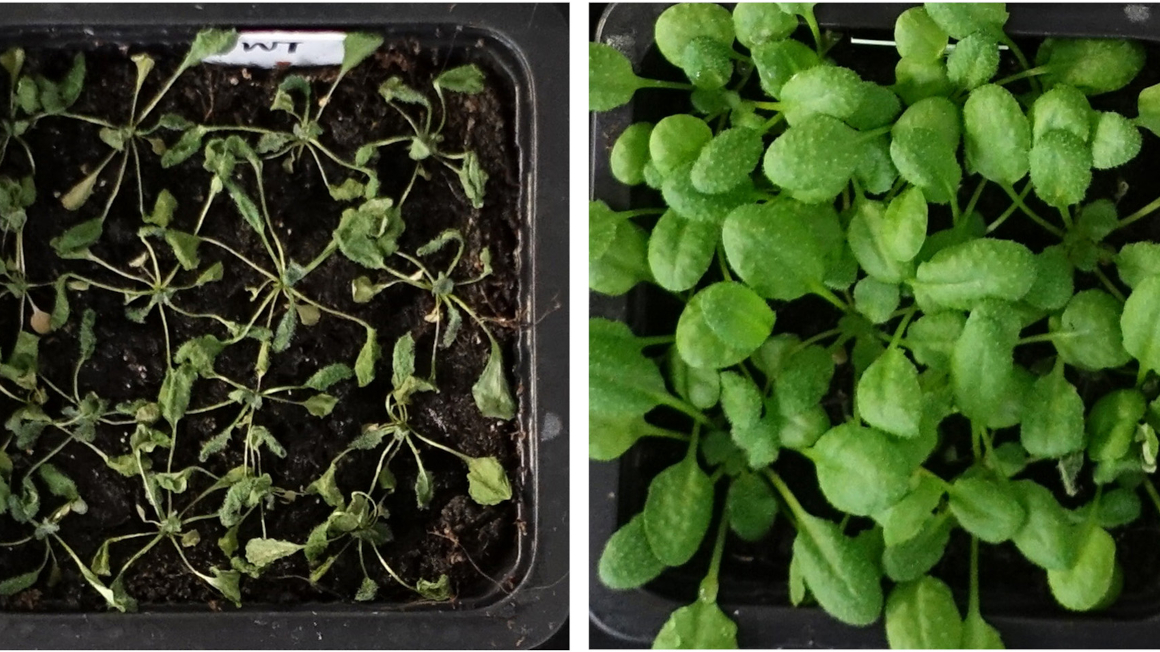Genomes of 487 wheat varieties deciphered
An international study confirms the theory of the origin of bread wheat and opens up new breeding potentials for the crop.

Ten thousand years ago, the modern bread wheat Triticum aestivum was created, which today provides one fifth of the calories and proteins consumed by people worldwide. Through selection and breeding, countless varieties have been created which are adapted to regional environmental and climatic conditions and have a higher performance. However, wheat yields have been stagnating for some years now. Climate change and the increasing demand for more sustainable forms of agriculture present breeders with new challenges.
Genotypes from 68 countries analysed
An important step in this direction has now been taken by an international research team involving the Leibniz Institute of Plant Genetics and Crop Plant Research (Leibniz-Institut für Pflanzengenetik und Kulturpflanzenforschung; IPK) in Gatersleben. The plant researchers have sequenced 487 wheat genotypes from 68 countries, from Landrace breeds to modern varieties. They documented the diversity at the level of genes, chromosomes and the three subgenomes that fused in bread wheat during domestication. The researchers also found out how the alleles of the genes are associated with certain, breeding-intensified traits.
Gene pool for breeding
The new knowledge provides breeders with a pool of genetic variability to develop wheat varieties with new or improved traits - from adaptation to environmental conditions to improved yield and disease resistance. The study published in the journal "Nature" also confirmed the hypothesis that the origins of modern bread wheat can be found in durum wheat.
"Pangenoma" as a long-term goal
The long-term goal of the plant researchers is to decipher the pangenome and thus reveal all the genes and variations of wheat that exist worldwide. This is intended to significantly expand the breeding research potential provided by the current study.
bl/um


